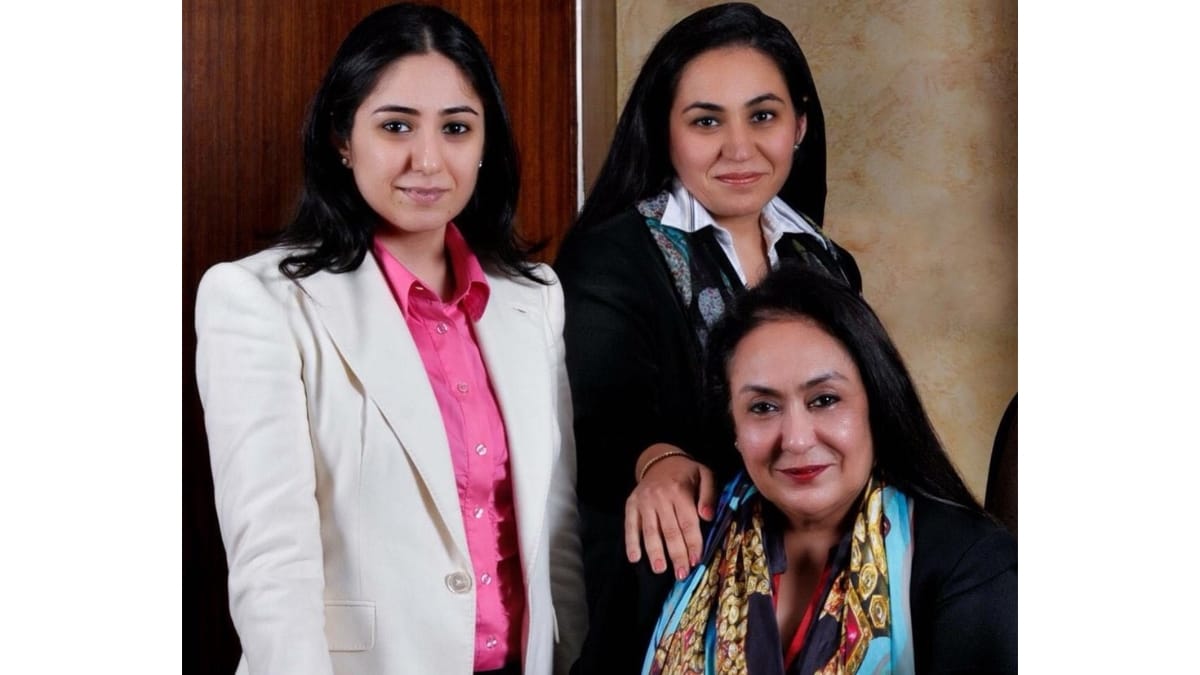New Delhi [India], May 30: “As Tier 2 and 3 cities evolve into key hospitality centers, they’re not only boosting local economies but also providing travelers with immersive cultural experiences that are distinct from the saturated metropolitan landscapes.” – Deeksha Suri.
For years, hospitality in India was synonymous with big cities and popular tourist destinations, leaving tier 2 and 3 cities overlooked in the race for luxury and service excellence. These smaller cities were often dismissed as mere transit points or secondary markets, lacking the infrastructure and allure of metropolitan hubs.
However, the narrative is rapidly changing. Today, tier 2 and 3 cities have emerged as thriving centers for hospitality, driven by rising disposable incomes, improved connectivity, and evolving traveler preferences.
Deeksha Suri, executive director of Lalit group discusses this transition, positioning tier 2 and tier 3 cities as future hospitality hot spots.
The Rise of Tier 2 and Tier 3 Cities in Indian Hospitality
The Indian hospitality industry is undergoing a significant transformation, with Tier 2 and Tier 3 cities emerging as key growth hubs. This shift is driven by several factors, including the economic expansion and rising affluence of India’s middle class.
As these smaller cities become economic centers, supported by industrialization and government initiatives promoting tourism, they are attracting both business and leisure travelers. The growing disposable incomes of the middle class have made these cities appealing destinations, offering unique cultural experiences that are distinct from the more saturated metropolitan areas.
“Once the hallmark of bustling cities and grand hotels, hospitality is now finding its soul in the charm of smaller towns and quaint destinations. As Tier 2 and Tier 3 cities step into the spotlight, they’re proving that world-class experiences don’t need skyscrapers—just a warm heart, a rich culture, and a dash of local flavor.” Says Deeksha Suri.
Travelers today are increasingly seeking personalized, culturally rich experiences, which Tier 2 and Tier 3 cities can offer due to their unique heritage and local flavor. Cities like Ayodhya, Jaipur, Vrindavan, and Siliguri are gaining recognition for their cultural significance and tourism potential.
This demand for authentic experiences is complemented by a shift away from major metropolitan areas like Mumbai, Delhi, and Bengaluru, which have reached saturation in hotel development.
The pandemic highlighted the resilience of hotels in smaller cities, as they sustained better occupancy rates compared to urban centers. This resilience has encouraged hospitality brands to explore untapped markets in these regions.
The growth in corporate travel, weddings, and Meetings, Incentives, Conferences, Exhibitions (MICE) activities is another significant driver of demand in these cities. This has led to higher Average Daily Rates (ADR) and Revenue Per Available Room (RevPAR), making them lucrative markets for hotel investments.
Major hotel brands are aggressively expanding into Tier 2 and Tier 3 cities. The majority of new hotel openings are concentrated in smaller cities, reflecting the industry’s confidence in these emerging markets.
To support this growth, initiatives are underway to equip local talent with hospitality skills tailored to regional needs. Programs like the Tourism and Hospitality Skill Council (THSC) and various platforms are training professionals to meet the specific demands of the local hospitality industry.
Deeksha Suri opines, “As professionals return to their hometowns, a reverse migration trend is unfolding, where the hospitality sector becomes a beacon of opportunity. Smaller cities offer a double advantage: lower real estate costs allow hotels to thrive with competitive pricing, while their resilience during economic downturns—thanks to lower operational costs and steady domestic demand—makes them a haven for sustainable growth.”
The fusion of business travel with leisure, known as “Bleisure,” is also gaining popularity in these cities, offering unique opportunities for hotels to cater to diverse traveler needs. Despite the promising growth trajectory, challenges such as infrastructure limitations and talent gaps remain significant hurdles for hospitality development in Tier 2 and Tier 3 cities.
However, ongoing investments and skill development programs are addressing these issues progressively. As these regions continue to evolve, they are poised to redefine the future of Indian hospitality by offering a blend of cultural richness, affordability, and authentic travel experiences.
If you have any objection to this press release content, kindly contact [email protected] to notify us. We will respond and rectify the situation in the next 24 hours.

